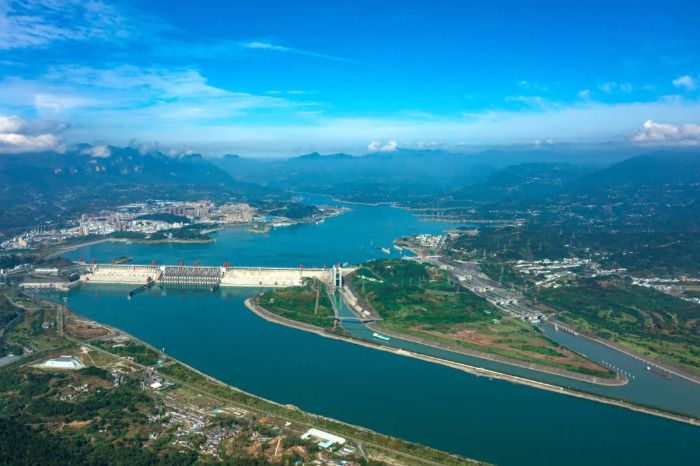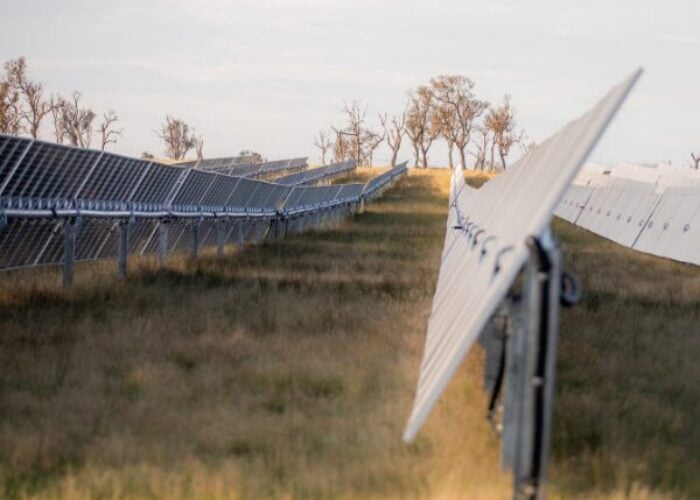
Chinese state-owned power company China Three Gorges Renewables has announced a plan to build a 8GW solar PV project in Inner Mongolia, China.
Located in Ordos, the solar PV project will be part of a proposed large-scale energy project also housing 4GW of wind, 4GW of coal-fired power and 5GWh of battery energy storage.
Try Premium for just $1
- Full premium access for the first month at only $1
- Converts to an annual rate after 30 days unless cancelled
- Cancel anytime during the trial period
Premium Benefits
- Expert industry analysis and interviews
- Digital access to PV Tech Power journal
- Exclusive event discounts
Or get the full Premium subscription right away
Or continue reading this article for free
Construction of the project will begin in September. It is expected that the project will be operational by June 2027. Power generated by this project will be transferred to the Beijing, Tianjin and Hebei provinces via an ultra-high voltage power transmission line, according to China Three Gorges Renewables.
China Three Gorges Renewables will invest RMB79.8 billion (US$10.98 billion) in the energy project, taking a 56% stake, with the remaining 44% controlled by Inner Mongolia Energy Group.
Aside from this project, China recently commissioned the world’s largest solar project, a massive 5GW facility in the north-west of the Xinjiang region. The huge project covers 200,000 acres, and has been built in a desert area of Ürümqi, the regional capital, by the state-owned Ürümqi Zhonglvdian New Energy Co Ltd. The facility is expected to produce around 6,090GWh of electricity annually, enough to meet more than a quarter of the annual energy demand of Los Angeles, according to the city government.
Norwegian analyst DNV has predicted that China will increase its renewable energy installations more than fivefold by 2050. According to DNV’s Energy Transition Outlook China 2024, the contribution of solar to Chinese domestic electricity production will increase from 5% today to 38% by 2050, and new solar power installations will account for 58% of all new electricity generation capacity additions between now and the end of this decade.





